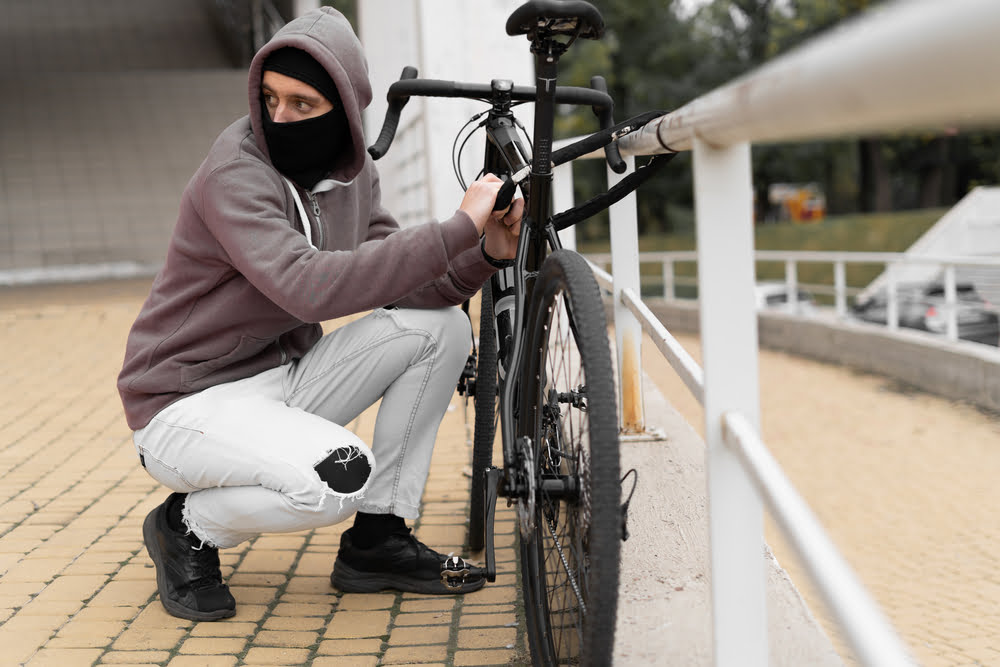The Dutch can and should take more measures to reduce the risk of bicycle theft. This is the conclusion of the RAI Association and the ART Foundation based on research into bicycle theft prevention among more than 1.000 cyclists. Only a third (36 percent) of all cyclists in the Netherlands use at least two locks to lock their bicycle. The majority therefore run a greater risk of the bicycle being stolen. Many thefts can be prevented by using at least two high-quality locks.
Bicycle theft is a persistent and growing problem in the Netherlands. The popular and expensive e-bikes are especially popular with the thieves' guild. Last year, the number of reports of e-bikes rose by 25 percent, according to recently published figures from the National Police and Stichting Aanpak Fiets- en E-bike theft (SAFE). “That can and must be reduced”, says ART chairman Martijn van Eikenhorst. “To start with better prevention, because there is still much to be gained here, according to our research.”
Research results
To reduce the risk of theft, the bicycle industry, the police and insurers recommend that you always secure a bicycle with at least two (preferably ART-approved) locks. It also helps to attach the bicycle to a fixed object and to place it in light and sight.
However, research shows that only a third (36 percent) of cyclists provide their bicycles with two locks. Only 47 percent bother to anchor their bike to the 'fixed world'. At 26 percent, the light and vision advice is also followed by only a small part of the respondents.
Finally, there is also much to gain from the reputation of the independent ART quality mark for locks. No less than 70 percent of the respondents indicate that they are not aware of the quality mark. The quality mark is used for locks for all types of two-wheelers, including motorcycles.
Attack Resistant Quality
This is all the more remarkable since many insurers often make ART locks mandatory when taking out bicycle theft insurance because of their high attack-resistant quality. “That's not surprising,” says Van Eikenhorst, “because bicycle thieves are increasingly targeting the more expensive and very popular e-bikes. The bicycles are also stolen from homes (garages, garages and sheds.).”
Of the total number of reports of 22.593 e-bikes, about 1.908 reports related to e-bike theft from homes. The RAI Association and the ART Foundation therefore emphasize the importance of properly securing bicycles indoors.
Tough ART Test Criteria
The best weapon against theft is therefore always and everywhere to secure the bicycle with two ART-marked locks. The quality mark has five categories (stars), whereby the more stars, the more difficult the lock is to break. To receive an ART quality mark, a lock must meet the strictest criteria. For example, locks are subjected to a corrosion test, a freezing test and a dust test in order to guarantee proper functioning in the longer term. This is followed by rigorous tests related to the sturdiness and robustness. An attempt is made to crack a lock based on preset values by means of machine tests and cutting tests. These attack tests make the ART quality mark unique and locks with this quality mark keep bicycle thieves at a distance, according to RAI Association.



